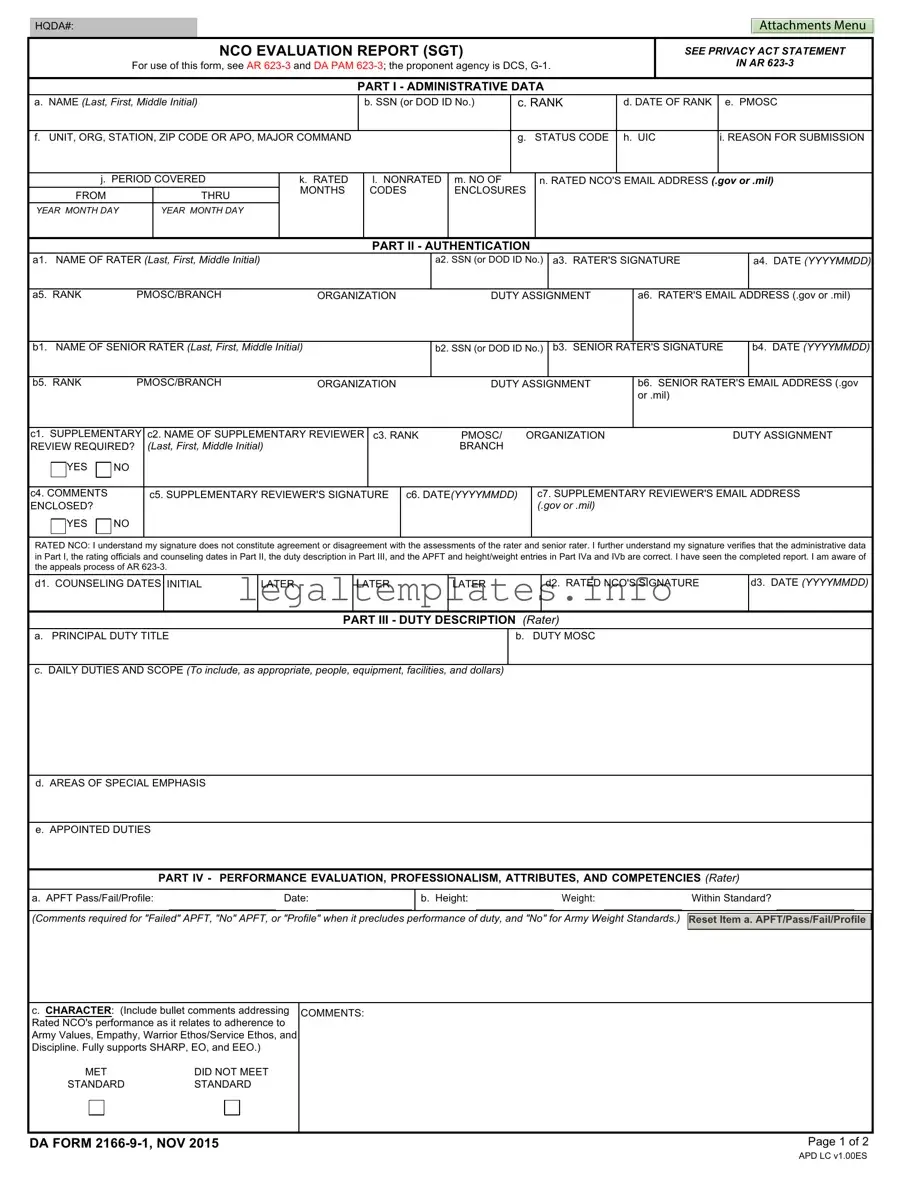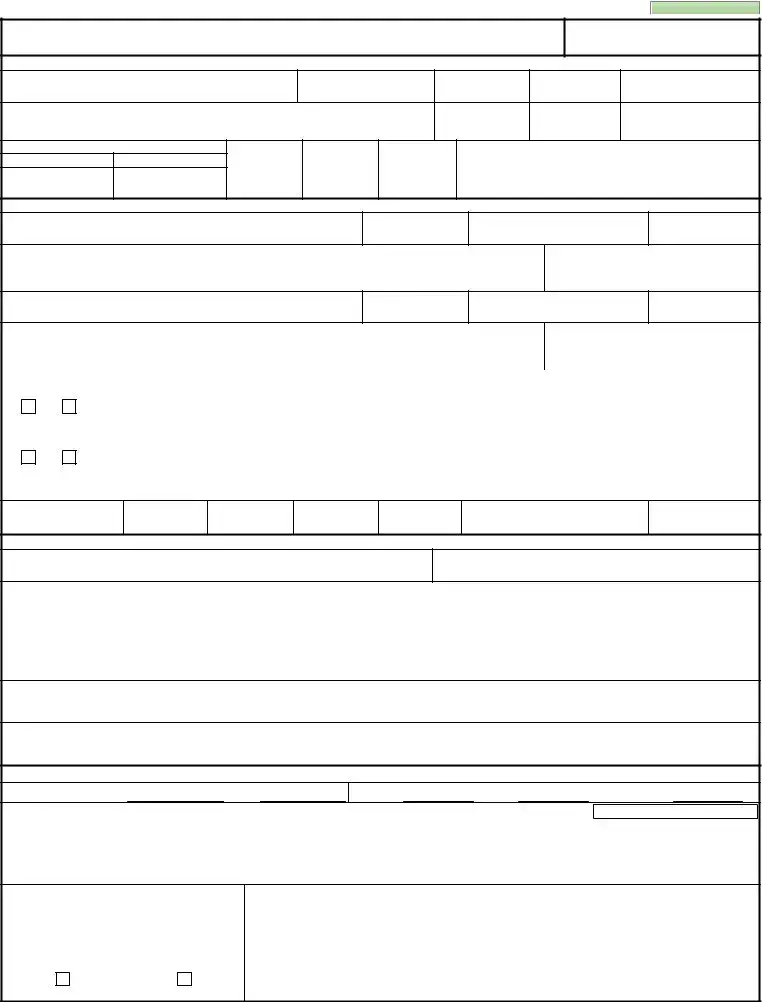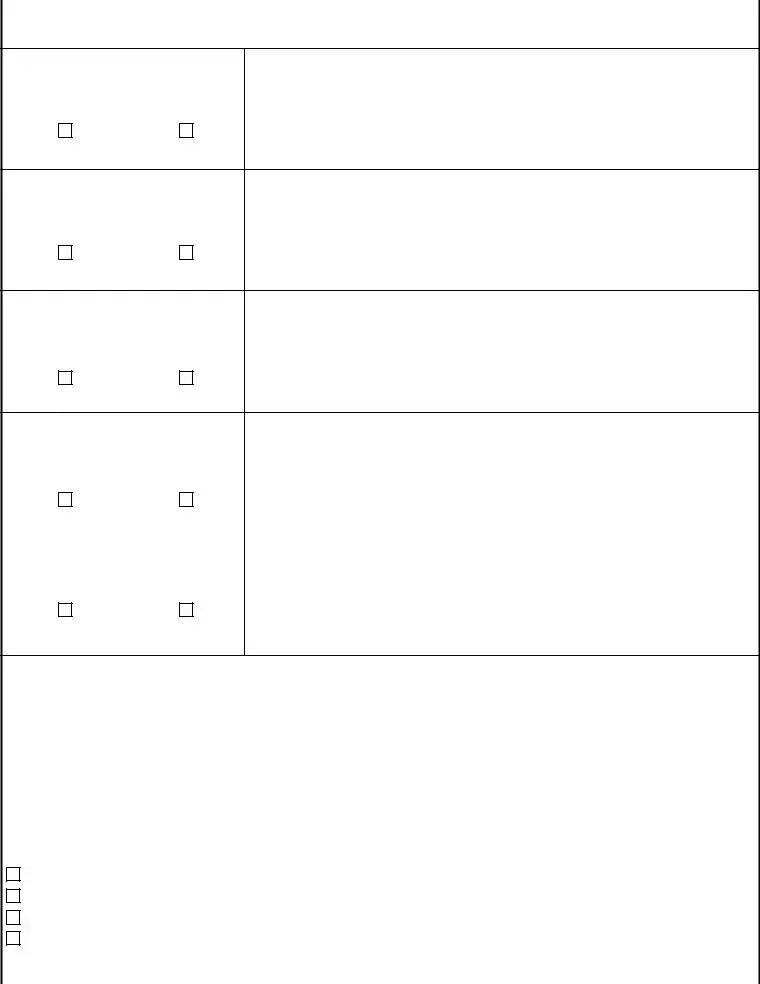The DA Form 2166-9-1, known as the NCO Evaluation Report for Sergeants, has similarities with other evaluation and performance documents used across different U.S. military branches and federal agencies. One such document is the Officer Evaluation Report (OER), utilized within the Army to assess the performance and potential of commissioned officers. Both forms share a foundational purpose: to provide structured and formal feedback, highlight areas of strength, identify opportunities for improvement, and guide career development. The structure delineates administrative data, rater and senior rater assessments, and includes a review of the subject's adherence to standards and values.
The Navy's Fitness Report (FITREP) serves a parallel function for evaluating the performance of Navy officers. Similar to the DA Form 2166-9-1, the FITREP focuses on professional attributes, leadership qualities, mission accomplishment, and future potential. Both documents require evaluators to make tough distinctions between high performers, ensuring only the most capable individuals are recommended for promotion and critical assignments. This process underlines the importance of a fair, objective, and comprehensive review to personnel management and leadership development within the services.
The Air Force also utilizes a Performance Report, specifically the Enlisted Performance Report (EPR) for its non-commissioned officers (NCOs). Similar to the DA 2166-9-1 form, the EPR captures detailed information regarding an individual's duties, performance, and professional development. Both forms are crucial for decisions related to promotions, future assignments, and professional growth, reflecting the individual's contributions and capabilities in service to their respective branch.
The Department of Defense's Civilian Performance Appraisal form is another document with a similar purpose but is tailored for civilian employees within the Department of Defense. Like the DA 2166-9-1, it aims to evaluate job performance, set goals, and identify development needs. Both documents are integral to professional development, with a focus on achieving mission objectives and rewarding efficiency and effectiveness in roles. However, the civilian form adapts the evaluation process to the context of civilian employment within the military framework.
Furthermore, the Coast Guard's Employee Review (EER) foreshadows the Army's approach with DA Form 2166-9-1 in evaluating its enlisted personnel. Both systems emphasize leadership abilities, professionalism, and mission accomplishment among their ranks. The inclusion of specific performance metrics and the requirement for both self-assessment and supervisor evaluation mirror the Army's method of ensuring a comprehensive review of its service members' contributions and competencies.
The Senior Executive Service (SES) Performance Appraisal form, utilized for high-level civilian leaders within the federal government, echoes the principles underpining the DA 2166-9-1, though it is tailored for a distinct audience. Like the DA form, the SES appraisal focuses on leadership qualities, achievement of results, and the ability to meet organizational goals. Both forms are essential tools in fostering a culture of excellence and accountability within their respective spheres.
Last, the Performance Appraisal Review (PAR) used by various federal civilian agencies shares the goal of advancing organizational objectives through individual assessment, similar to the DA 2166-9-1 form. While the context and specific criteria may differ, both processes are designed to evaluate performance, provide feedback, and identify areas for growth. They underscore the importance of aligning individual contributions with broader mission goals, irrespective of the military or civilian context.


